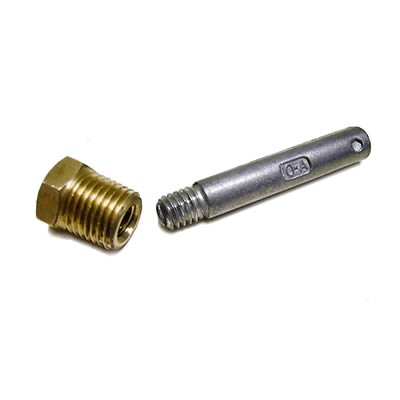Mikey
NAXJA Forum User
- Location
- Sacramento, Ca
Hey fellas,
I am looking to upgrade my cooling system. I am putting in a new B&M tranny cooler, water pump, thermostat, radiator, hoses, etc... I have read a few articles on this upgrade on jeepin.com and jeephorizons.com.
I am now to the point where I am shopping for a radiator. I called the local radiator shop for some advice and he told me the following (in summary):
A three row all metal radiator is good, but I would need to see if the radiator actually is thicker with a normal sized third row. He said that sometimes the three row radiators are made with thinner tubes in the rows to make it a three row and it is common to clog with the slightest debris build up.
He did recommend an aluminum two row "high efficiency" radiator that is supposed to cool just as good without the thickness of a three row because it is aluminum. The choices for the aluminum were all aluminum ($500ish) or aluminum with plastic ($160ish).
I asked about the plastic's durability, and he said that he has been impressed lately with those radiators.
So for those of you that did this kind of upgrade, what did you go with and how is that fuinctioning for you?
Any other input would also be appreciated. Thanks.:farmer:
I am looking to upgrade my cooling system. I am putting in a new B&M tranny cooler, water pump, thermostat, radiator, hoses, etc... I have read a few articles on this upgrade on jeepin.com and jeephorizons.com.
I am now to the point where I am shopping for a radiator. I called the local radiator shop for some advice and he told me the following (in summary):
A three row all metal radiator is good, but I would need to see if the radiator actually is thicker with a normal sized third row. He said that sometimes the three row radiators are made with thinner tubes in the rows to make it a three row and it is common to clog with the slightest debris build up.
He did recommend an aluminum two row "high efficiency" radiator that is supposed to cool just as good without the thickness of a three row because it is aluminum. The choices for the aluminum were all aluminum ($500ish) or aluminum with plastic ($160ish).
I asked about the plastic's durability, and he said that he has been impressed lately with those radiators.
So for those of you that did this kind of upgrade, what did you go with and how is that fuinctioning for you?
Any other input would also be appreciated. Thanks.:farmer:

